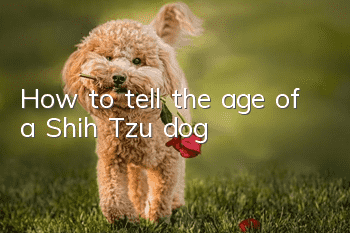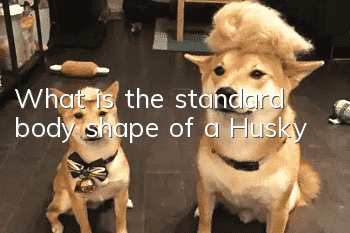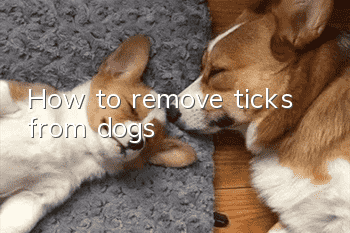How to tell the age of a Shih Tzu dog

The distribution of the number of deciduous teeth in young dogs: 6 upper and lower incisors, 2 upper and lower canine teeth, 6 upper and lower premolars, 28 in total. The age of an adult dog is most obvious in the growth, wear, and sharpness of the teeth. The age of the puppy can be judged from the number, strength, oldness, and brightness of the canine teeth. Judging the age of a dog is roughly based on the following criteria:
Teeth gradually and unevenly grow in around 20 days.
In 30-40 days, the deciduous incisors will grow in full.
At 2 months old, all the deciduous teeth have grown in, are pointed and tender white.
2-4 months, the first deciduous incisor is replaced.
5-6 months, the second and third deciduous incisors and all deciduous canines are replaced.
Over 8 months old, all teeth will be replaced by permanent teeth.
1 year old, the permanent teeth are all long, smooth and strong, with sharp protrusions on the upper part of the incisors.
At 1.5 years old, the peak of the mandibular first incisor disappeared.
At 2.5 years old, the peak of the second mandibular incisor was lost.
At 3.5 years old, the peak of the maxillary first incisor was lost.
At 4.5 years old, the peak of the maxillary second incisor was lost.
At the age of 5, the peak of the third mandibular incisor was slightly worn, and at the same time, the first and second mandibular incisors were ground into a rectangular shape.
At the age of 6, the peak of the third mandibular incisor is obliterated and the canine teeth are blunt and rounded.
At the age of 7, the first incisor tooth of the mandible was worn to the root of the tooth, and the wear surface was vertically oval.
At the age of 8, the first incisor of the mandible was worn and tilted forward.
At 10 years old, the wear surfaces of the second mandibular and first maxillary incisors were longitudinally oval.
At the age of 16, the incisors were lost and the canines were incomplete.
At the age of 20, the canine teeth fell out.
- What should I do if my Pomeranian loves to bite?
- What is the personality of the Afghan dog?
- What do Chuan Chuan dogs eat?
- What to feed pug puppies
- What do Schnauzers eat?
- What should I do if my teddy dog doesn’t like to drink water?
- How to raise Doshiba Inu
- How to bathe a Komondor
- What is the difference between Basset and Beagle?
- How to take a bath with Teddy



